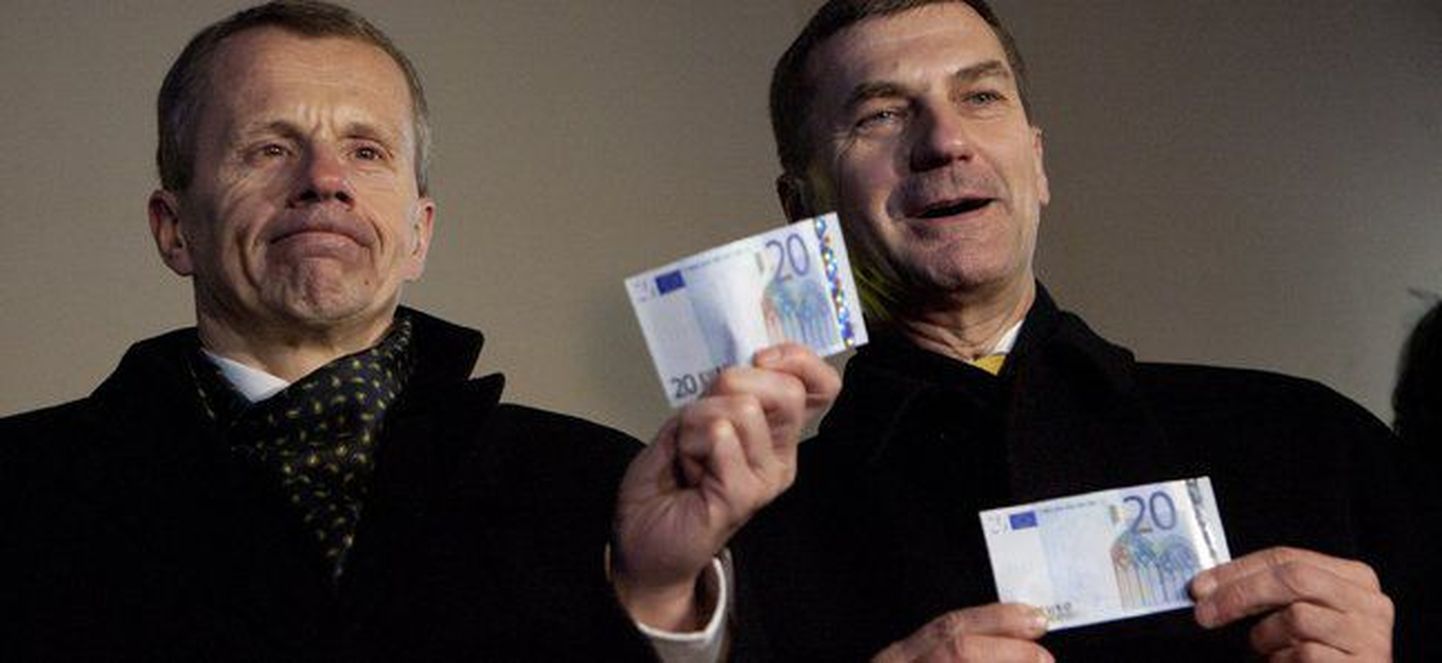«Adoption of euro as such did not bring the feared large price rise,» admitted by Swedbank chief economist Tõnu Mertsina. «The one-off impact during and right after the switch stayed within 0.2–0.3 percent. True, with certain goods and services the price rise was significantly higher,» he said.
In the place of the unrealised fear of inflation, however, what we faced was the European debt crisis. Unexpectedly, it turned out that instead of joining a stable reserve currency, we had entered a bloc in deep crisis which entire existence came under question.
They managed to keep the eurozone in one piece, however, and the major crisis is behind us perhaps. Still, the insecurity looms large and the eurozone economy is a far cry from what we were hoping for.
Curiously, we for whom assuming governmental debt was as good as taboo were forced to place millions of taxpayer euros into saving Greece and other southern members.
Were we in too much of a hurry in joining the zone? Then, perhaps, we might have had better things to do with the money spent on Greece? And, on top of that, these last years the membership has had no positive impulse on our economic growth.

